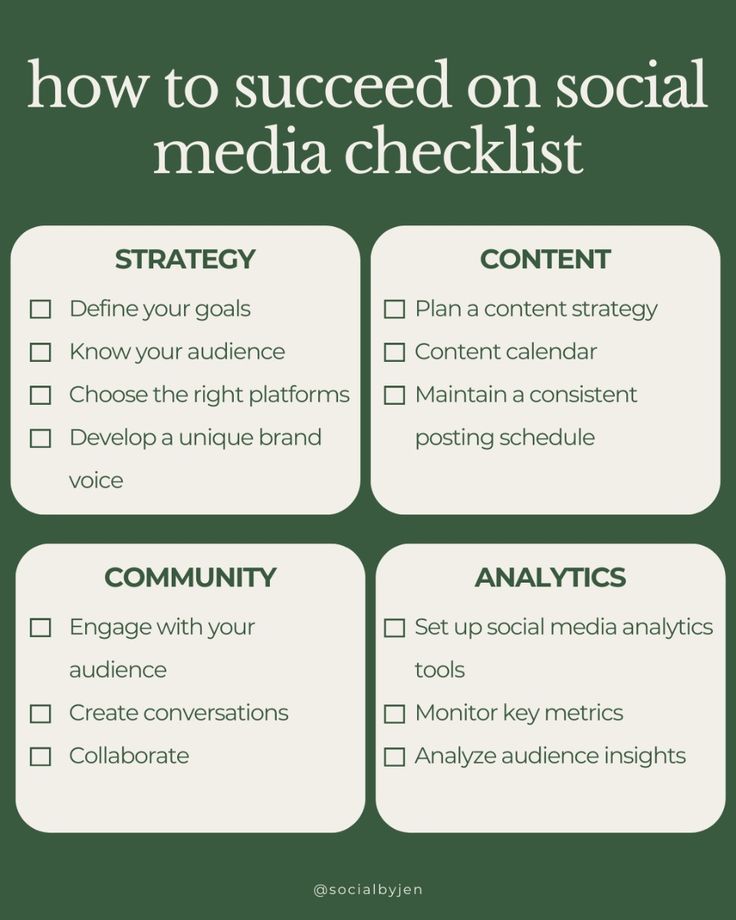
Cultural Barriers I Had To Overcome In My Digital Marketing Career
Digital marketing, while seemingly global and borderless, is deeply intertwined with culture. I discovered this firsthand as I navigated my career, encountering various cultural nuances that presented unique challenges. These are some of the cultural barriers I faced and how I learned to overcome them:
1. Language Nuances and Misinterpretations: I quickly realized that even when working with teams or clients who spoke the same language, subtle differences in phrasing, tone, and humor could lead to misinterpretations. What was considered acceptable in one culture might be offensive or confusing in another. I learned to be extra cautious with my communication, to ask clarifying questions, and to be mindful of cultural sensitivities.
2. Communication Styles: I encountered a wide range of communication styles. Some cultures were direct and to the point, while others were more indirect and preferred to communicate through context. I had to adapt my communication style to match the cultural norms of the people I was working with. This involved learning to read between the lines, paying attention to non-verbal cues, and being patient and understanding.
3. Differing Perceptions of Time and Deadlines: I discovered that attitudes towards time and deadlines varied significantly across cultures. Some cultures were very strict about deadlines, while others were more flexible. I learned to be clear about expectations upfront, to build in buffer time, and to be respectful of different cultural approaches to time management.
4. Varying Levels of Formality: I had to adjust my level of formality depending on the cultural context. Some cultures were very formal, while others were more casual. I learned to pay attention to social cues, to dress appropriately, and to use titles and forms of address that were respectful of the local customs.
5. Cultural Sensitivity in Marketing Campaigns: I realized that marketing campaigns needed to be carefully tailored to the cultural values and beliefs of the target audience. What worked in one culture might be completely inappropriate in another. I learned to conduct thorough cultural research before launching any marketing initiatives, to be mindful of potential cultural sensitivities, and to avoid stereotypes.
6. Understanding Local Market Dynamics: I discovered that even within the digital space, market dynamics varied significantly across cultures. Different platforms were popular in different regions, and consumer behavior was influenced by cultural factors. I learned to research local market trends, to understand the cultural context of online behavior, and to adapt my marketing strategies accordingly.
7. Building Trust Across Cultures: I realized that building trust was even more important when working across cultures. People are more likely to trust those who understand and respect their cultural values. I learned to be culturally sensitive, to listen actively, and to show genuine interest in learning about different cultures.
8. Navigating Hierarchical Structures: I encountered different organizational structures and levels of hierarchy in different cultures. Some cultures were very hierarchical, while others were more egalitarian. I learned to be respectful of hierarchical structures, to communicate with the appropriate level of authority, and to be mindful of cultural norms around decision-making.
Overcoming these cultural barriers wasn’t always easy, but it was an incredibly enriching experience. I believe that cultural sensitivity and intercultural communication skills are essential for success in today’s globalized digital marketing landscape. By being open to learning, adapting to different cultural norms, and respecting diverse perspectives, I’ve not only overcome these challenges but also gained a deeper understanding of the world and the people in it.
No Responses